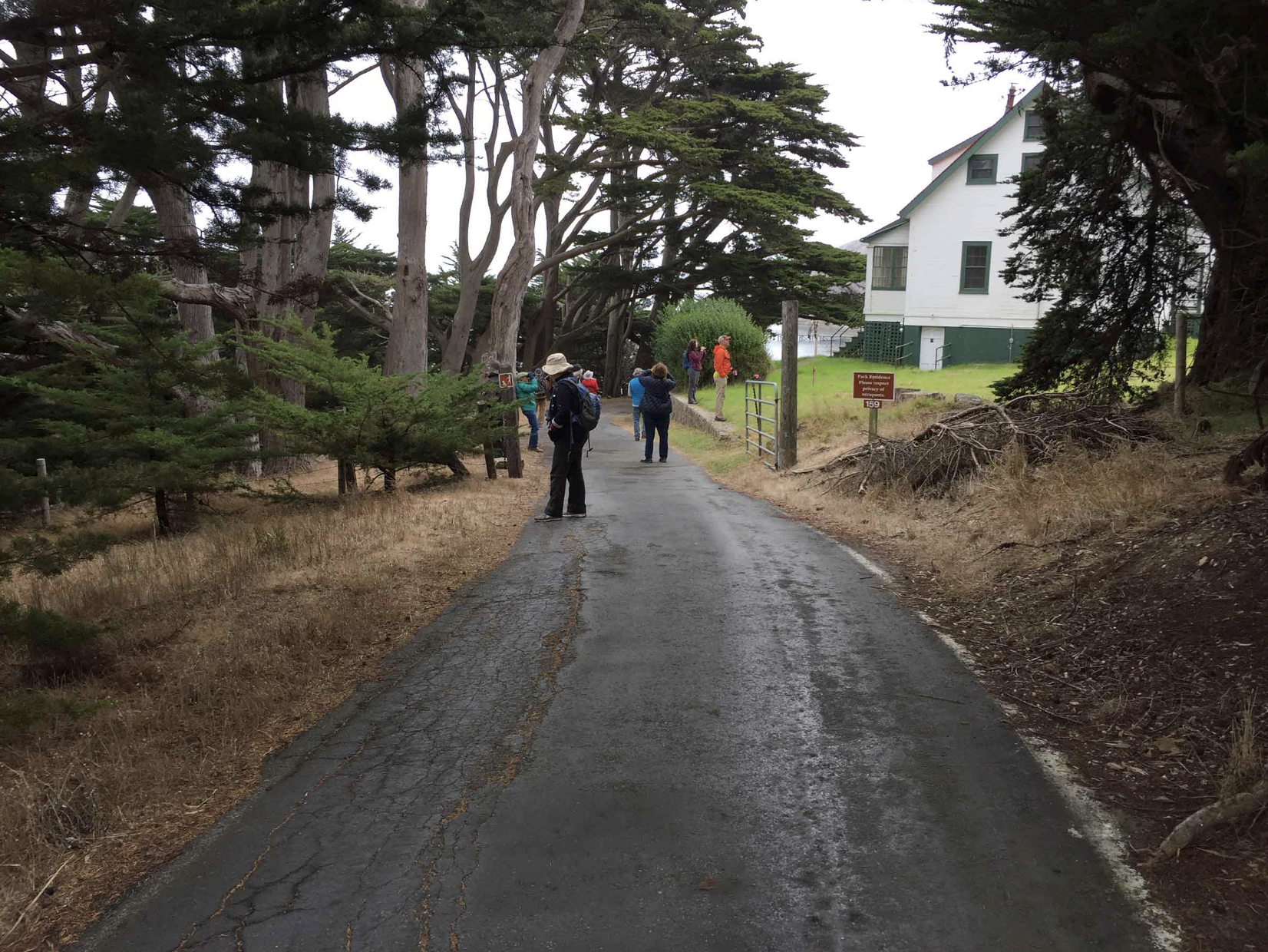Birding Can Be Good for Your Brain
Birding (birdwatching) can be a very satisfying way to get outdoors, get a little exercise, and connect with nature. But how does it affect your physical, mental, emotional, and social vitality? Can the experience change the brain in positive ways? And, how can a little knowledge of neuroscience make you a better birder and, in turn, lead to an even healthier brain?
The Birding Experience
I just returned from two days of birding at Point Reyes National Seashore in Northern California. As avid birders will tell you, they love to see and identify diverse species of birds in their natural habitat. Point Reyes is a great place to start since it has the greatest diversity of bird species in North America. Under the guidance of David Wimpfheimer, a biologist and expert birder, our group identified 39 different species. We also saw elephant seals, coyotes, deer, and otters, as well as some remarkable land and ocean scapes.
http://www.ptreyes.org/camps-classes-programs/field-institute/instructors/david-1
In our group of twelve, about one-third were experienced birders, one-third were moderately experienced, and one-third had limited experience. As one of the less experienced group, I marveled at how quickly David and those with the most experience could look into the trees and see and identify birds who were designed to blend into the background. My initial impression was that they had a remarkable vision, but I quickly realized that they were there, at the moment, skillfully using sounds, location, movement, and a learned ability to separate the bird from the tree. A similar skill came into play when they identified a bird in flight.
How did I do? At first, I was content to look at the birds others had spotted and to listen to them discuss the features that identified the species. In most cases, David asked the group to identify the bird, and often, several possibilities were offered. David would point of the features that differentiated the possibilities - things like size, posture, beak or leg color, and a band under the eyes. If the bird was still there, we all looked closer to determine “who” was in our binoculars.
We saw beautiful birds like a Horned Owl, Blue Herons, and a few relatively rare ones like the Virginia Rail. However, my proudest moment was on day two, spontaneously saying to David that there was an adult white-capped sparrow and that shrub and two juveniles to its left, all with 100 percent confidence. David gave me a congratulatory pat on the shoulder. I had learned what the details were and, most importantly, had learned to see them.
This learning to differentiate and integrate into a new ability to “see” gives the participant new behavioral capabilities. These capabilities come about because of neuroplasticity, the ability of the brain to create new ways for brain cells to connect in meaningful ways -differentiation and integration. As a person ages, the typical pattern is to have fewer and fewer new experiences that stimulate differentiation and integration and, thus, neuroplasticity. A less active lifestyle is a major contributor to the common perception that memory and the loss of mental sharpness are a function of age. We now know that engaging in experiences like birding can stave off this decline.
https://living55plus.com/2013/02/exercise-and-your-brain/
Two Ways of Seeing
Think of seeing as the way we take in information and give it meaning. The most common way of seeing and interpreting information is from our “Self-perspective.” For example, if I want to pick up a cup of coffee, I see the cup in space and interpret its spatial coordinates relative to my proprioceptive input about the location of my arm and hand. Then, I generate a movement plan to move my arm and hand to close the distance. In this case, the “Self-perspective” is very useful. Another way visual and other input can be interpreted is whether or not it threatens our well-being. If the input is interpreted as a potential threat, it can trigger a “fight or flight” reaction that puts the brain and the body in a high state of alert - a readiness to fight or flight.
That’s a good thing if you are worried about a saber-toothed tiger jumping out of the bushes. However, in modern man, most “fight or flight” reactions are psychological interpretations of whether the new circumstance will be good or bad for us (ourselves). Unfortunately, we tend to have a negativity bias. In the old days, it would be better to mistakenly think a saber-toothed tiger was in the bush than conclude there wasn’t one when there was. In modern man, this negativity bias and its psychological foundation contribute to chronic stress - we tend to get worked up about things we do need to. Chronic stress is at epidemic levels these days. This means that most people could benefit from learning how to tune their stress level down.
http://scitechconnect.elsevier.com/stress-health-epidemic-21st-century/
Interesting, but what does this have to do with birding? Our upper and lower visual fields are wired into different brain circuits. Input from the lower visual field trigger or feed into circuits associated with negativity bias and the “self-perspective.” In contrast, the upper visual fields feed into circuits that are “non-self” oriented. In this mode of “seeing,” we are more able focus on things in the external world and to use our executive abilities to make sense out of this external world. And to do so without the worries or stress associated with the “Self” orientation.
https://link.springer.com/article/10.3758/BF03334927
What do birders do? They look up into the trees and up into the sky to spot birds and to try and identify them. The act of birding favors the upper visual field, which, in turn, makes it easier to see details and integrate them in meaningful ways.
Birding is an activity that strengthens our executive abilities, which are negatively impacted by stress and tend to decline as we get older. Birding is a stress-reducing and healthy aging activity.
Communing with Nature
Maybe you are not quite ready for birding. Point Reyes offers wonderful hiking trails and, abundant wildlife, tremendous opportunity to commune with nature. Just being in natural settings away from the hustle and bustle of urban life can confer health benefits to the immune system, emotional well-being, and mental acuity as well instilling a sense of awe or perspective that come from the natural tendency to view the world through the upper visual field.
For more on the Health Benefits of Communing with Nature, see our Slideshow.
https://www.slideshare.net/JohnTodorPhD/how-nature-contributes-to-well-being-and-healthy-aging

